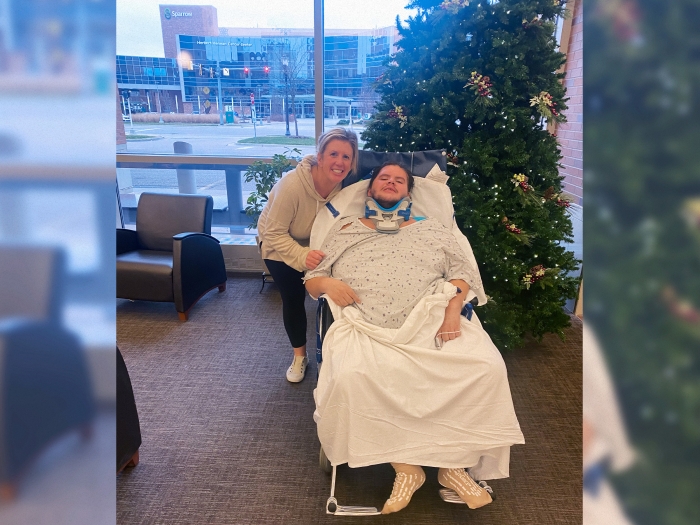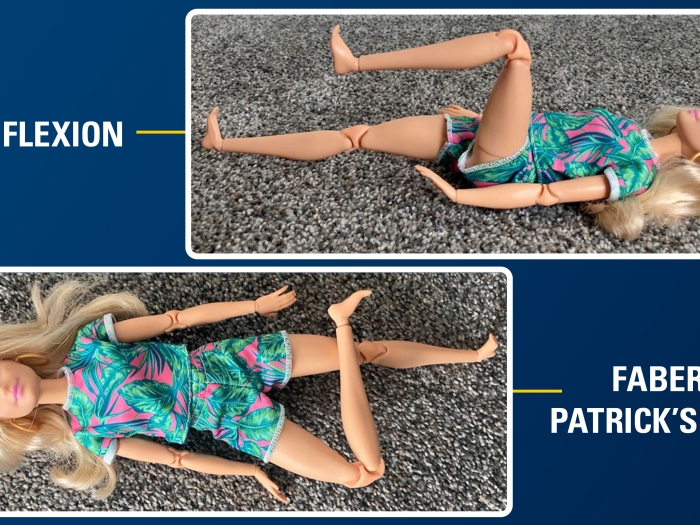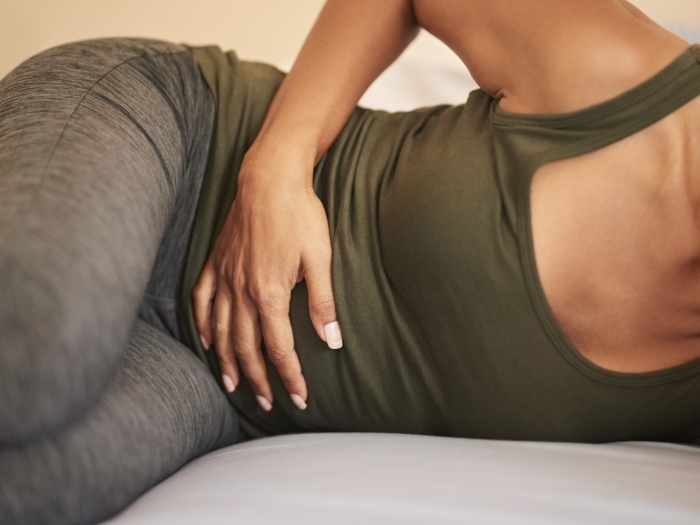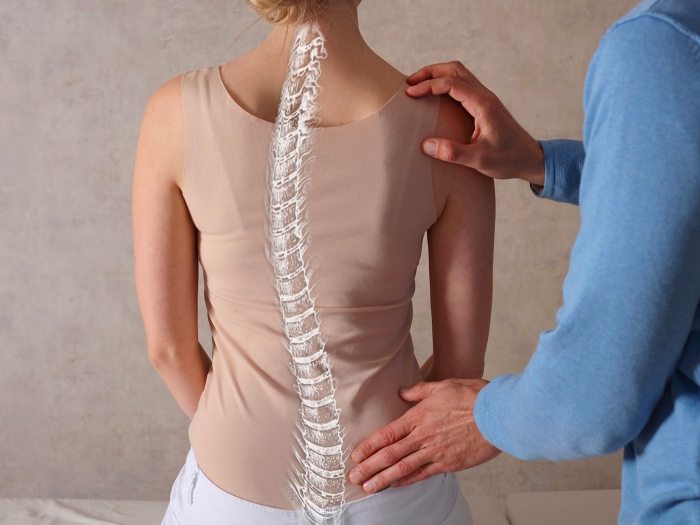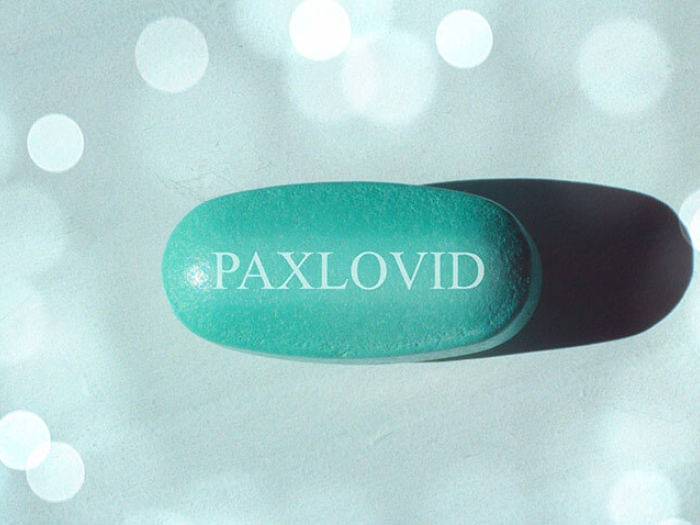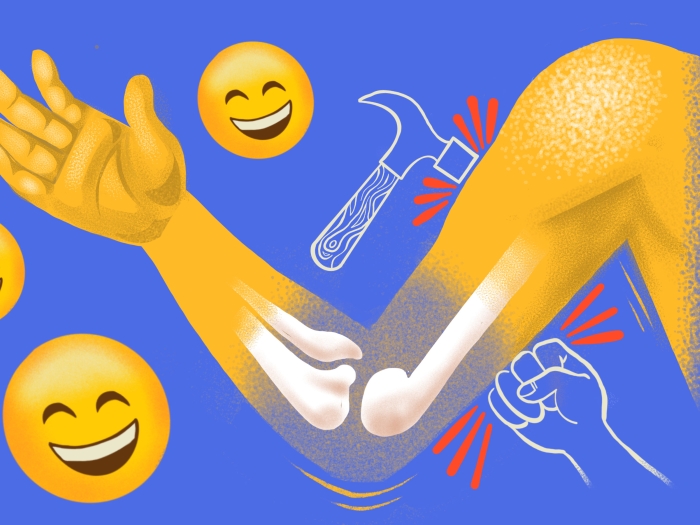He’s encouraged by family and the hope he will be able to walk again.
5:00 AM
Author |
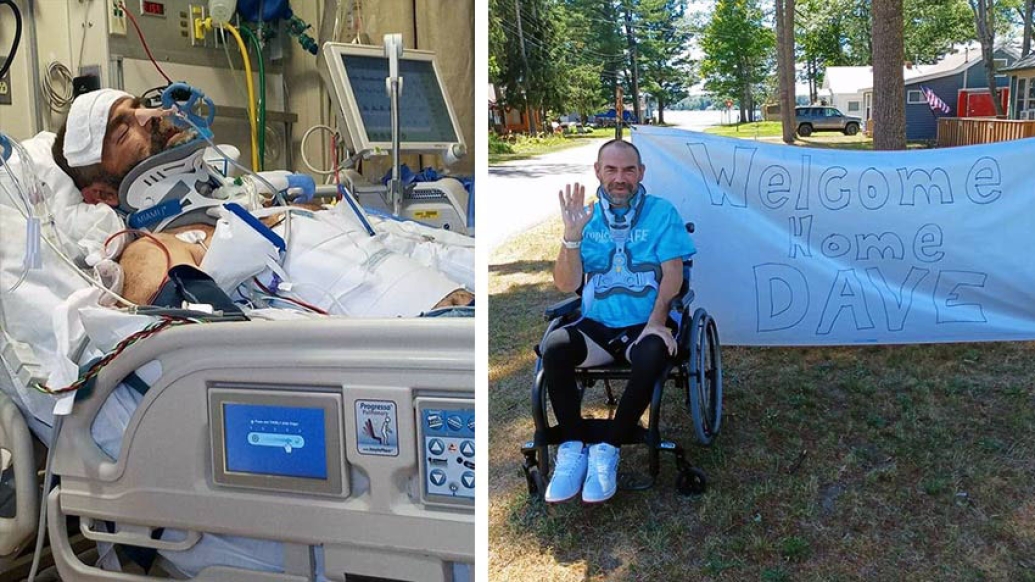
Every so often, there's some movement in his feet. The same goes for his hips and abs.
"I still can't feel nothing yet," said Dave Boughner. "But I'm surprised I've made it as far as I have."
Sitting beside two therapists in his hospital room, 45-year-old Boughner is brought to tears. Just two months earlier, a tornado ripped through Gaylord, Mich., killing two people. And Boughner knows how close he was to being the third.
MORE FROM MICHIGAN: Sign up for our weekly newsletter
"My son and I were about to move my camper to my brother's house to stay there for the night when we heard wind that sounded like a freight train," he said. "I looked out the window and seen the roof of a carport fly by. As I went to warn my son, a tree flew through the wall of my bedroom."
SEE ALSO: Mental health is an issue for people with spinal cord injury. Chronic pain makes it worse
Boughner's youngest son found him underneath two walls. It took the help several neighbors to clear the debris before getting him to an ambulance. Boughner had a punctured lung, broken ribs and several fractures in his spine – he was unable to move from the chest down.
After his transfer to University of Michigan Health, Boughner had a chest tube placed and underwent spinal surgery. He had another surgery days later after blood began clotting around the spine and was on a ventilator for over two weeks.
"It didn't hit me what was going on until I started seeing my family like a week after the procedures," he said. "I couldn't talk for a while. I cried a lot. Doctors told me there was a small chance I would walk again, but I'm motivated to try."
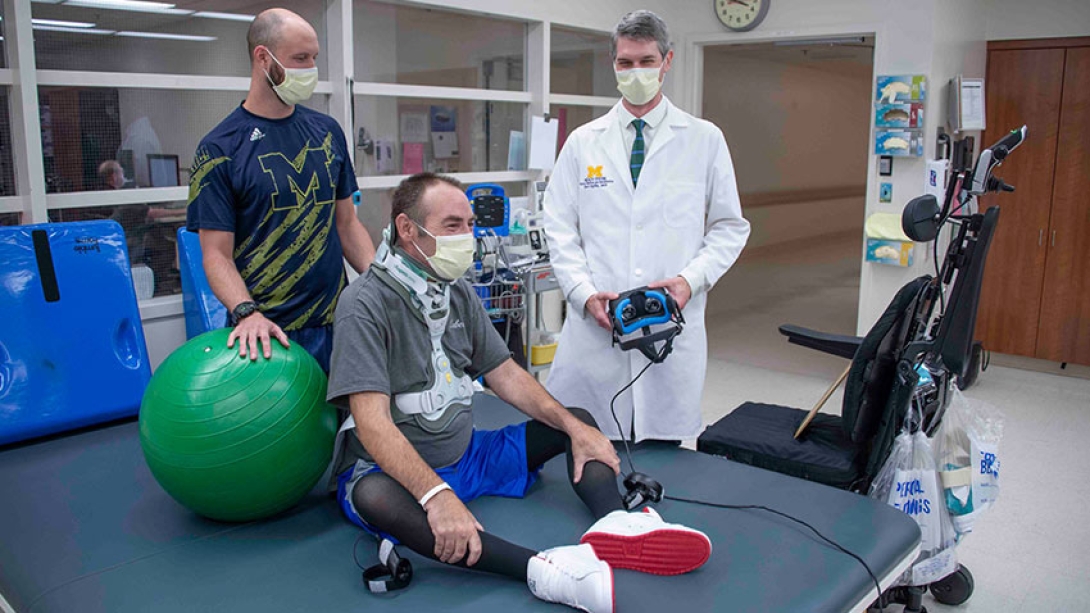
When he was transferred from the ICU to be treated by the Department of Physical Medicine and Rehabilitation, Boughner immediately began work with physical and occupational therapists. They started at the bedside with a focus on gaining strength and movement to transfer to his power wheelchair.
"In the beginning, his endurance wasn't at its best, and there is a lot of anxiety with getting acclimated to this new form of movement," said Tracy Newsom, P.T., a physical therapist at U-M Health. "We wanted him to eventually become fully independent, but first we had him work on transferring from one surface to another, getting in and out of bed and becoming more comfortable with the manual chair that he would be using at home."
SEE ALSO: 'My life matters': resilience after traumatic spinal cord injury
Boughner's physical therapy sessions, Newsom says, were complemented by occupational therapy that focused on self-care and management. As he worked to move about on his own, Boughner would also address daily on tasks like putting on his clothes and going to the bathroom.
Like Podcasts? Add the Michigan Medicine News Break on iTunes or anywhere you listen to podcasts.
"The way I describe the relationship at that stage is that physical therapy is about mobility from place to place, while occupational therapy is going to help you do what you're doing when you are there," said Michael Blackstock, O.T., an occupational therapist at U-M Health. "We meet weekly with the doctors and discuss progress and barriers. All of it is try and make sure Dave is ready for being discharged and doing this work at home."
Despite his anxiety and stubborn sense of humor – "no" always being his first answer – Boughner tried every task his therapy team presented. The progress, Newsom says, was evident with each movement.
"His fear went down every day," she said. "I really knew he would gain independence, and it was just a matter of time. Especially when things are getting really tough, he leaned more on his sense of humor, and I think that helped him push through. Additionally, his family is on board, and they weren't scared to jump in and help."
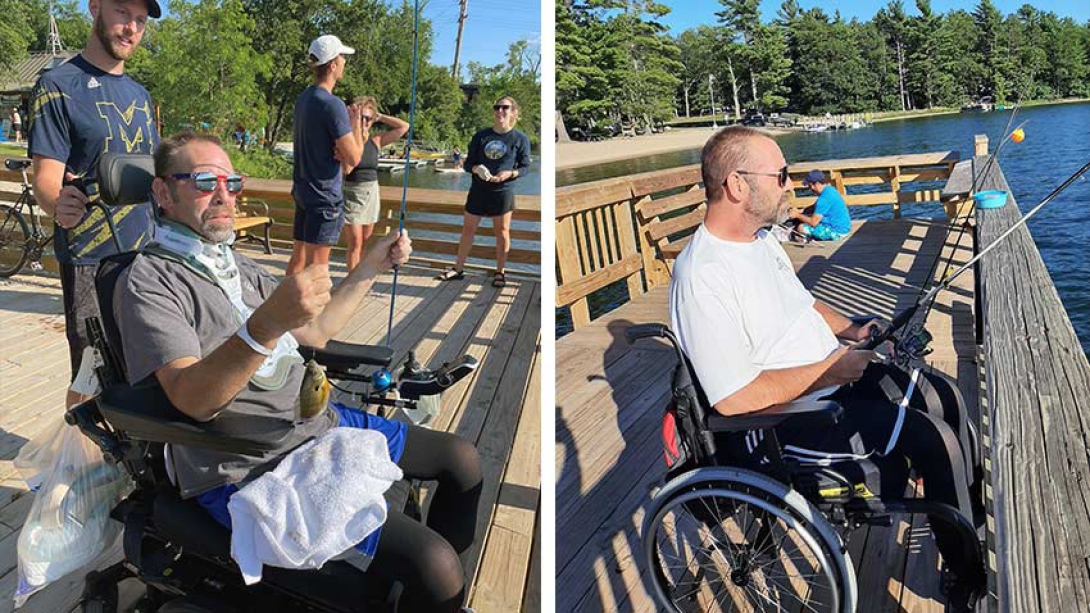
Recent Michigan Medicine research found that resilience, and how one thinks about themself and their health, is associated with flourishing after traumatic spinal cord injury. Survivors of SCI are also more likely to flourish if they have strong systems of support.
"My family motivates me through all of this," Boughner said. "My wife would come down every week. She's my rock here and at home. She's taking care of all our bills and stuff. The community has been great, too. We had a guy offer us a place to live after our home got destroyed, and all we have to do is pay utilities. Friends of mine also had a fundraiser and raised like $15,000 to help me."
Boughner was discharged on July 22, thrilled to see his family and get back on a fishing boat. As he recovers in Gaylord, a town that, itself, is recovering from the destruction caused by the tornado, Boughner ultimately hopes to walk again. But he knows not to rush the process.
"If you try to think about everything all at once, it's overwhelming and difficult to get engaged," Blackstock said. "But if you start focusing on what in under your control first and start with the little things, they begin to build off each other and you see those improvements."
SEE ALSO: 'My life matters': resilience after traumatic spinal cord injury
SEE ALSO: Mental health is an issue for people with spinal cord injury. Chronic pain makes it worse
Live your healthiest life: Get tips from top experts weekly. Subscribe to the Michigan Health blog newsletter
Headlines from the frontlines: The power of scientific discovery harnessed and delivered to your inbox every week. Subscribe to the Michigan Health Lab blog newsletter
Like Podcasts? Add the Michigan Medicine News Break on Spotify, Apple Podcasts or anywhere you listen to podcasts.

Explore a variety of healthcare news & stories by visiting the Health Lab home page for more articles.

Department of Communication at Michigan Medicine
Want top health & research news weekly? Sign up for Health Lab’s newsletters today!
